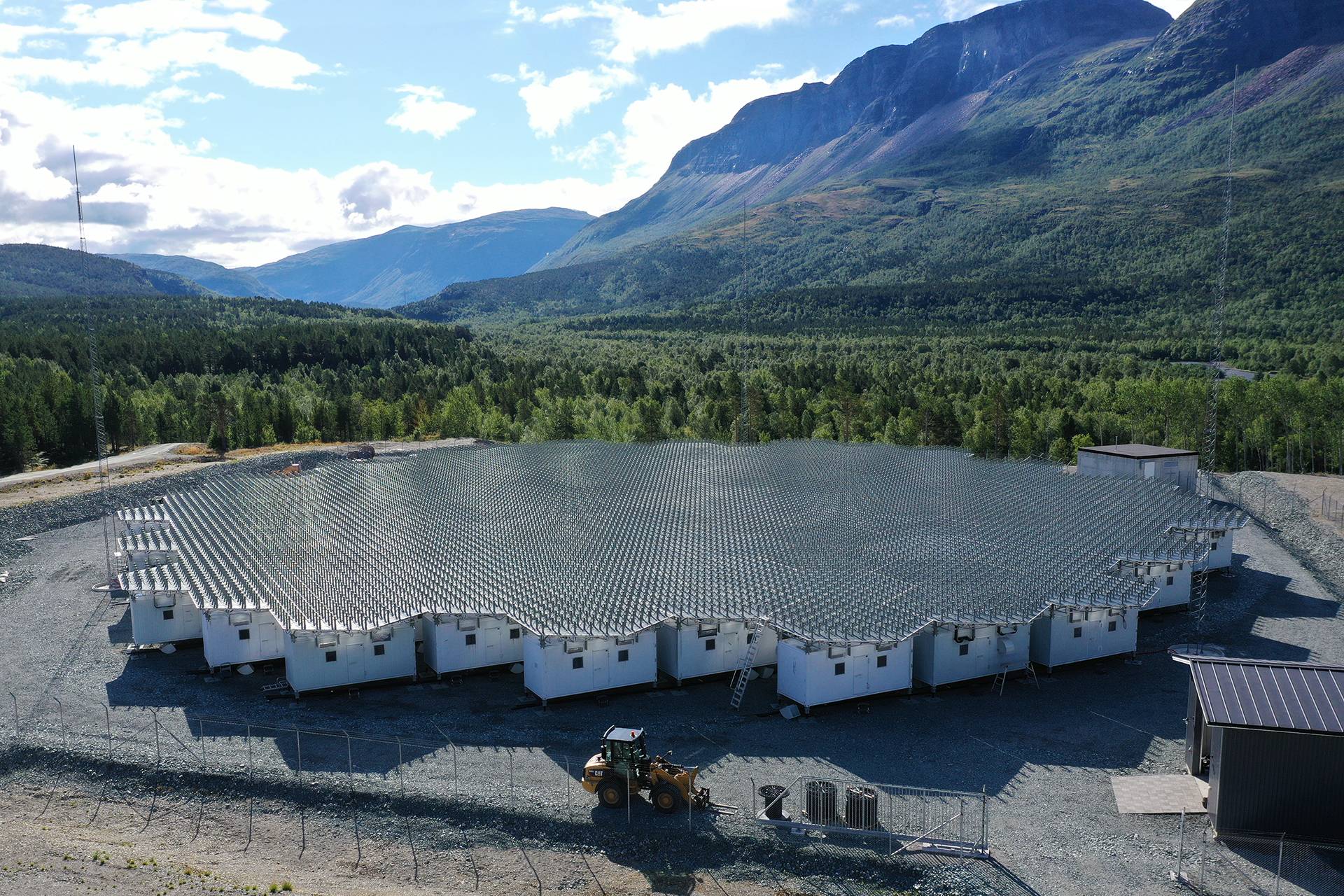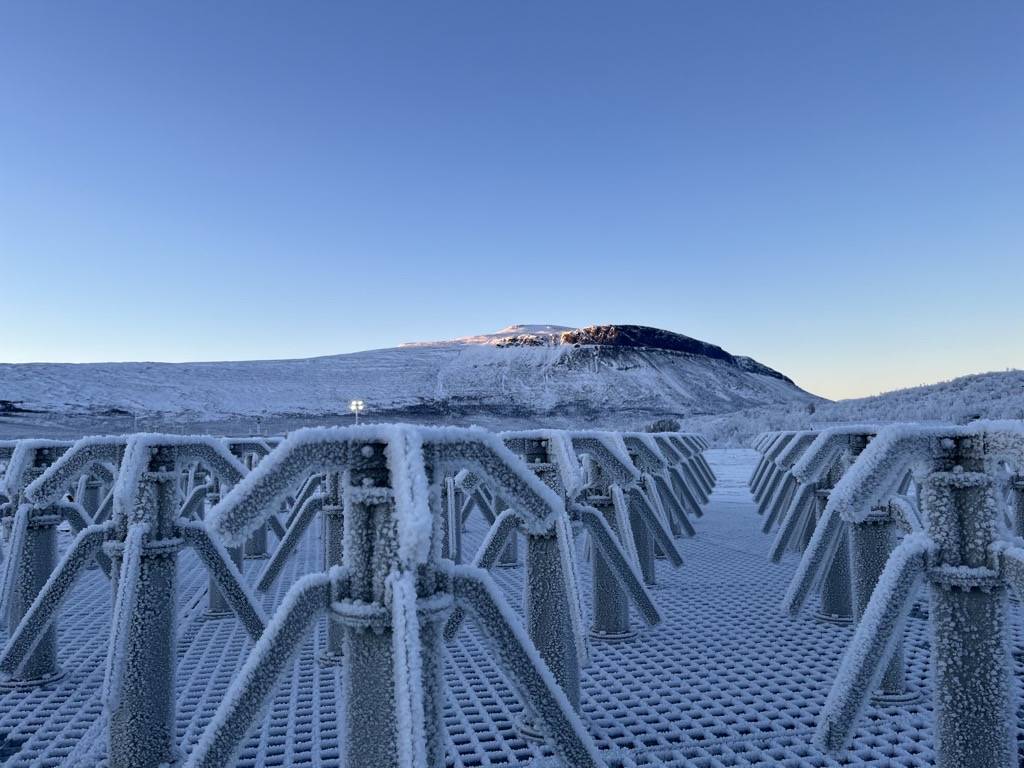2nd EISCAT_3D User Meeting: Uppsala, 19-21 May 2010
May 22, 2010
The EISCAT Scientific Association is presently preparing the way for its next-generation incoherent scatter radar project, known as EISCAT_3D, which will take the form of a distributed network of phased array radars in northern Scandinavia. A proposal for funding of the Preparatory Phase of the project was made to the European Commission last year, and detailed negotiations are now underway about the activities to be funded during a four-year programme starting on October 1st 2010.
An open meeting for prospective users of the EISCAT_3D facility took place at the Ångström Laboratory of Uppsala University, Sweden, from May 19 to 21, 2010. The aim of the meeting was to present the plans for preparatory phase activities to the user community, and to continue the process of gathering their scientific requirements, in order to kick off the preparatory work package on scientific planning and user engagement.
The meeting website is:
http://www.space.irfu.se/workshops/EISCAT-3D_User2010/
The programme of the meeting contained the following presentations:
Background and overview
- The ESFRI Roadmap Project EISCAT_3D (Esa Turunen)
- The EISCAT_3D Science Case (Ian McCrea)
Science applications of EISCAT_3D and resulting requirements for the new facility
- Science applications for EISCAT_3D: possibilities for atmospheric research from the mesosphere down to the troposphere (Evgenia Belova)
- Production of HOX, HNO2, and HNO3 by particle precipitation (Pekka Verronen)
- Atmosphere-Ionosphere-Magnetosphere Coupling and Requirements for EISCAT_3D (Stephan Buchert)
- Twisted radar beams (Thomas Leyser)
- Study of small scale structures and resulting requirements for the new facility (Hanna Dahlgren)
- Large Scale Phenomena (John Kelly)
- Dusty plasma in the polar mesosphere (Cesar La Hoz)
- Requirements for meteor and dust studies with the new EISCAT_3D facility (Asta Pellinen-Wannberg)
- Heliospheric studies with LOFAR and EISCAT_3D (Andy Breen, presented by Ian McCrea)
- Space Weather Services (Mike Hapgood, presented by Ian McCrea)
Recent EISCAT highlights
- Recent EISCAT highlights/World Days 2010 and 2011 (Ingemar Häggström)
- High Altitude NEIALs, Hydrogen and Oxygen Upflow (Stephan Buchert)
Other science projects of relevance to EISCAT (present and future)
- AMISR developments (John Kelly)
- Program of the Antarctic Syowa MST/IS Radar (PANSY) (Yasunobo Ogawa)
- EISCAT Aperture Synthesis Imaging, EASI (Nickolay Ivchenko/Cesar La Hoz)
- LOFAR (Derek McKay-Bukowski)
- Onsala Space Observatory (Hans Olofsson)
- The LOIS project – Part of the Nature OnLine collaboration (Bo Thidé)
- Swarm and EISCAT_3D (Stephan Buchert)
- Observation of Celestial and Atmospheric & REP sub-MeV ? rays using a Wide Field of View Electron Tracking Compton Camera
- with Balloon Borne Experiment (Toru Tanimori)
Technical concepts and designs, particularly of antennas, receivers, and digital signal processing
- LOFAR Receiver as an Open EISCAT_3D Technology Platform (Markku Lehtinen)
- Aperture synthesis imaging radar (ASIR) capabilities of the EISCAT_3D system (Markku Lehtinen)
- The 3-Dimensional capability of the EISCAT_3D radars (Cesar La Hoz)
- Orbital Angular Momentum and other newly recognised EM degrees of freedom (Bo Thidé)
- Antenna Technology for the EISCAT_3D Radar (Tore Lindgren)
- On the possible application of future EISCAT_3D imaging to satellite navigation and telecommunication services (Biagio Forte)
Radar coding and analysis methods
- EISCAT_3D as a diagnostic for artificial ionospheric heating experiments (Mike Rietveld)
- 3D ionospheric electrodynamics and EISCAT_3D (Olaf Amm)
- An introduction to multi-purpose modulations (Ilkka Virtanen)
- Some random thoughts on radar coding (Juha Vierinen)
- Some examples of LOFAR use cases (Juha Vierinen)
- venabili: “a computer and software resource for the EISCAT users” and EISCAT_3D users! (Paul Gallop)
The EISCAT_3D Preparatory Phase project and Conclusions from this meeting
- The EISCAT_3D Preparatory Phase (Ian McCrea)
- WP3: Science Planning and User Engagement (Anita Aikio)




